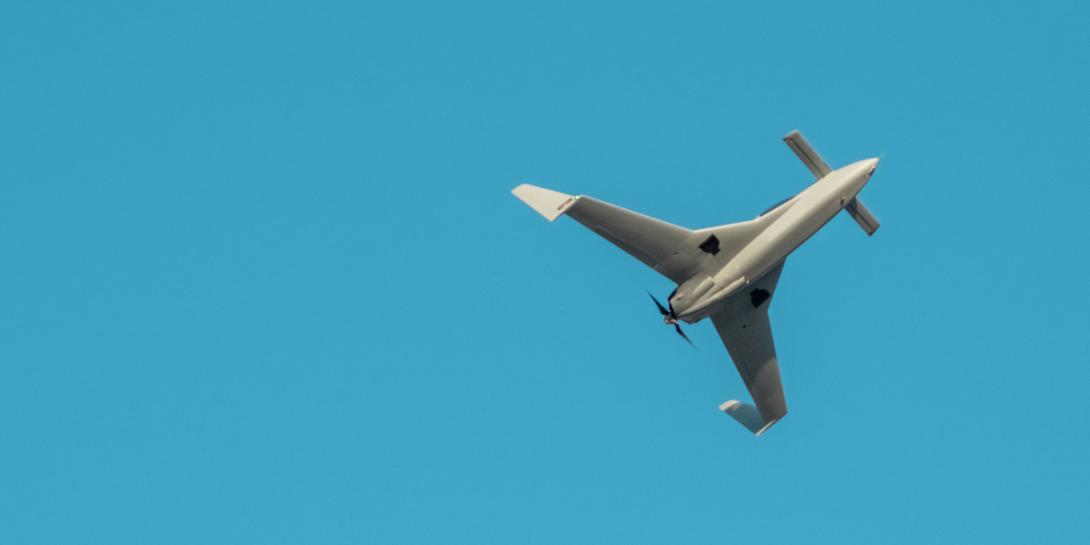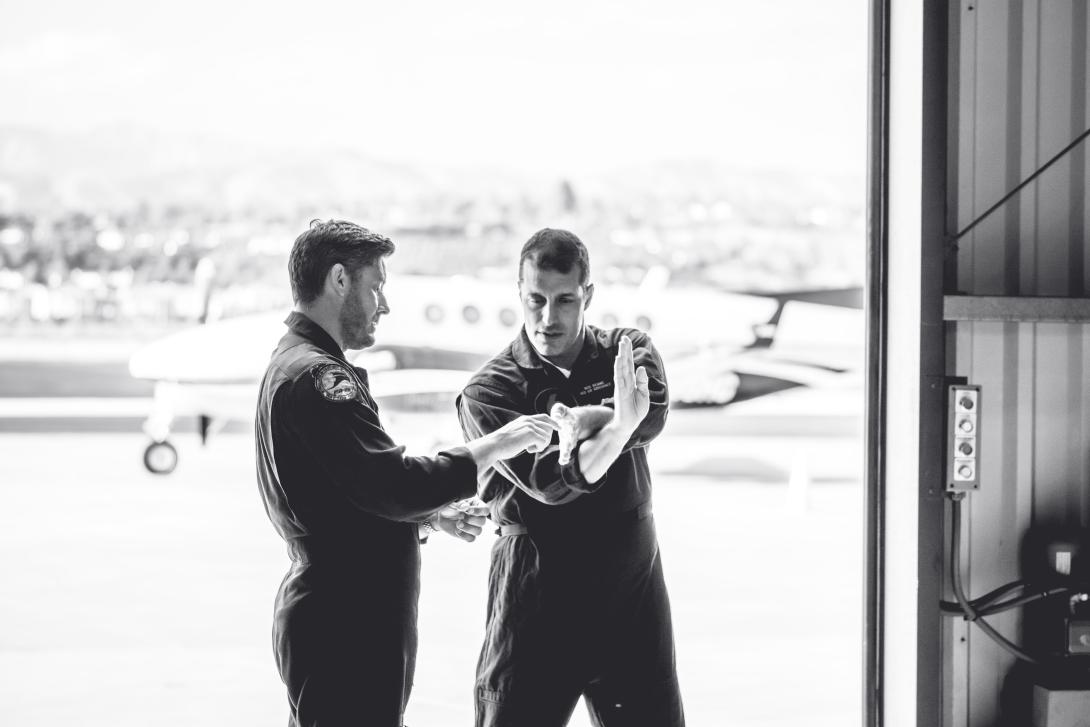Red 6 Secures Third SBIR Contract with the Air Force
More fighter pilots will be able to use Red 6’s synthetic air combat training system over the next several years, thanks to a $70 million, five-year contract award from the U.S. Air Force. Red 6 received the sole source SBIR III contract to provide its groundbreaking Airborne Tactical Augmented Reality System, known as ATARS, for use in the air by pilots training for initial pilot qualification, dogfighting, refueling and maneuvering. ATARS provides virtual opponents—such as the fifth-generation Chinese J-20 and Russian Su-57—for the pilots’ aerial dogfighting training runs, as well as other aerial digital assets to develop and enhance different piloting skills, explained Red 6 founder and CEO, Daniel Robinson, in an interview with SIGNAL Magazine today.
“If you think about the SBIR process, with SBIR I, it is to go and explore an interesting technology to see if it's something that is of interest,” Robinson stated. “SBIR II is akin to finding product market fit and finding a customer that is potentially interested, and SBIR III is validation that the customer wants it, and it takes the product to a point where we can now sell it sole source, noncompete, which is a powerful vehicle for us.”
An almost unimaginable, never-seen-before technology, ATARS blends augmented reality, artificial intelligence and powerful computing into a real-world, dynamic air combat environment where aircraft can reach speeds of several hundred miles per hour and pull gravitational force of nine (9 Gs) while interacting with the digital assets.
In addition to synthetic adversaries, tanker refueling and other augmented air participants, the platform will now also provide synthetic ground-based threats, such as digital missile attacks, up to the pilots in their real-world combat air environment, the CEO emphasized.
“This vision that we had three or four years ago is fast becoming a reality,” Robinson emphasized. “And when I look to the future, ultimately I see a vision where the future of training and adversarial aircraft is provided synthetically through a combination of LVC [live virtual construct] and the technology we're developing for within visual range manuever.”
First designed four years ago for one pilot in one aircraft, ATARS will incorporate multiple real aircraft all combat training in the air and in the same augmented reality environment.
“We are starting to scale ATARS beyond a single ship environment to connecting multiple entities into game space,” he clarified. “Imagine a formation of real airplanes going up and being able to share the same experience in a 2-v-1 or 2-v-2 or whatever it is. We're basically creating a multiplayer video game up in the sky that we interact with in real airplanes."
In addition, Red 6 has continuously improved the HGU-55 flight helmet/visor system that the pilots wear to see the digital world while flying in real airspace. “The tech has come a long way since you saw it,” Robinson shared. “It's getting smaller, brighter, more powerful, higher resolution. It’s quite compelling.”
The company, started by Robinson, Glenn Snyder—founder and chief product officer—and Nick Bicanic—founder and chief science officer—now has 40 employees, the CEO said. Red 6 has added two locations—Orlando and Miami—to its Los Angeles research hub. And it has grown its cadre of test pilots to include airmen that have flown the Air Force’s F-35, F-22, F-18, F-16, and F-15 fighter jets—including the addition of Gen. Mike Holmes, USAF, (Ret.), former commander of Air Combat Command. The company’s next goal would be to put ATARS into F-16s.
“I think that's the logical next step,” the CEO stated. “The F-16 is the appropriate platform for it.”
In the meantime, under the contract, Red 6 will begin the ATARS integration into T-38 training aircraft, “almost immediately,” Robinson noted. “We're going to be working closely with a unit at Holloman [Air Force Base, New Mexico] doing the initial integration. The test community at Holloman has been a big believer in our ability to be able to do this.”






Comments